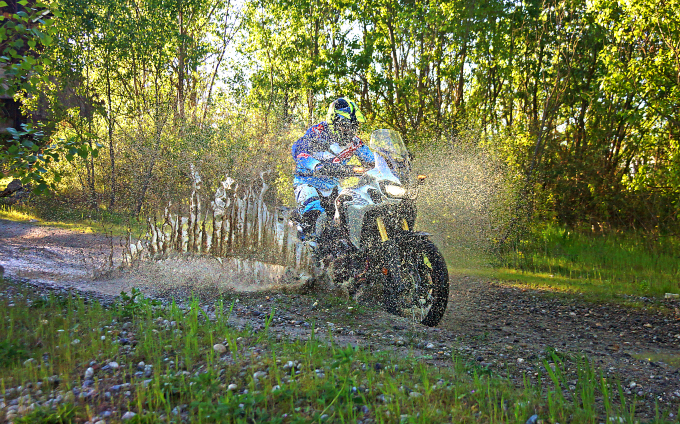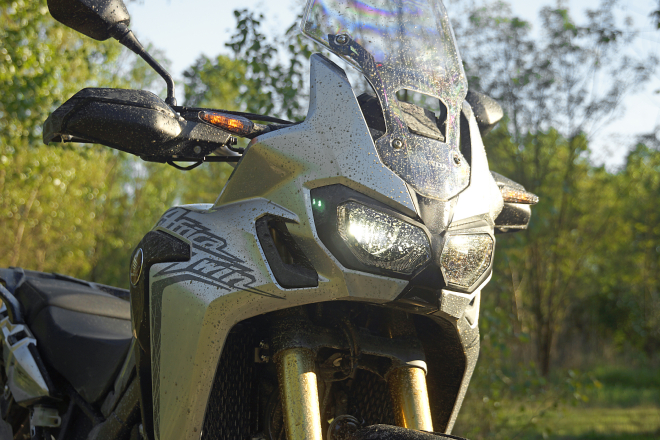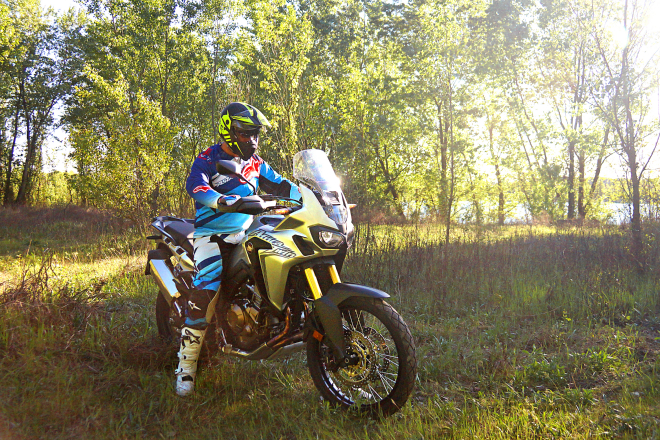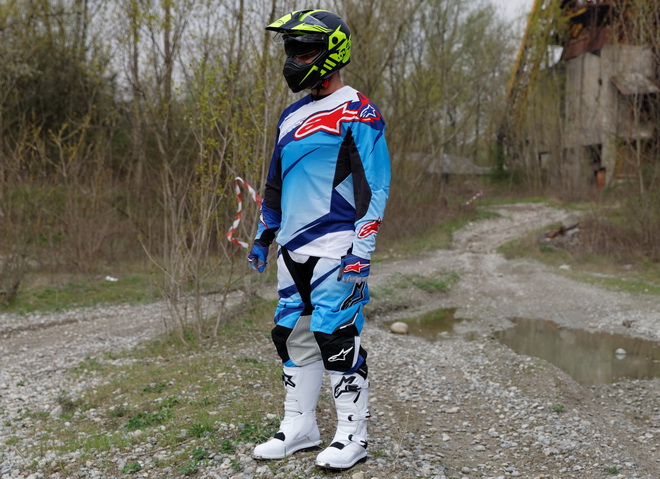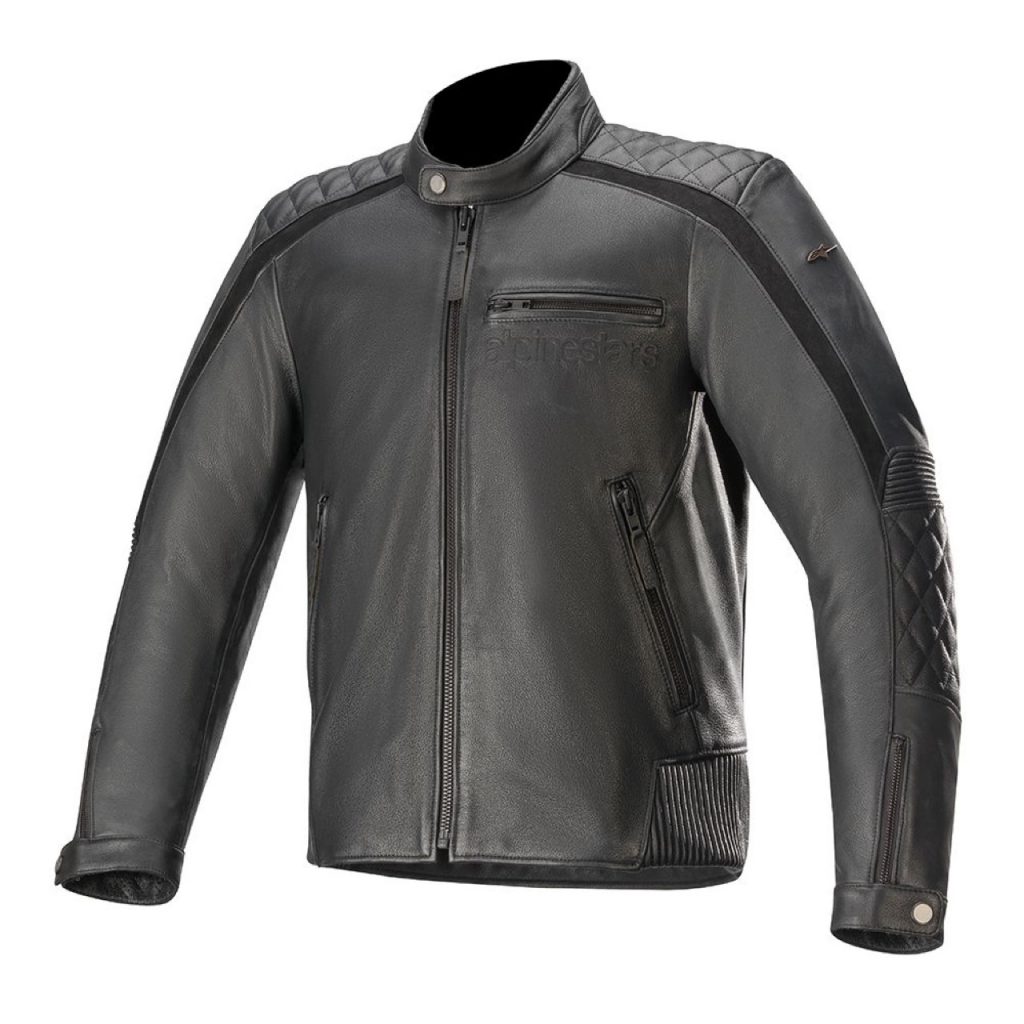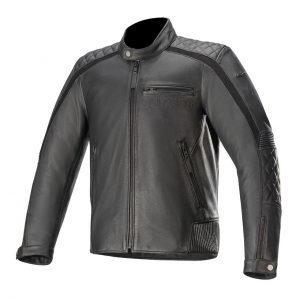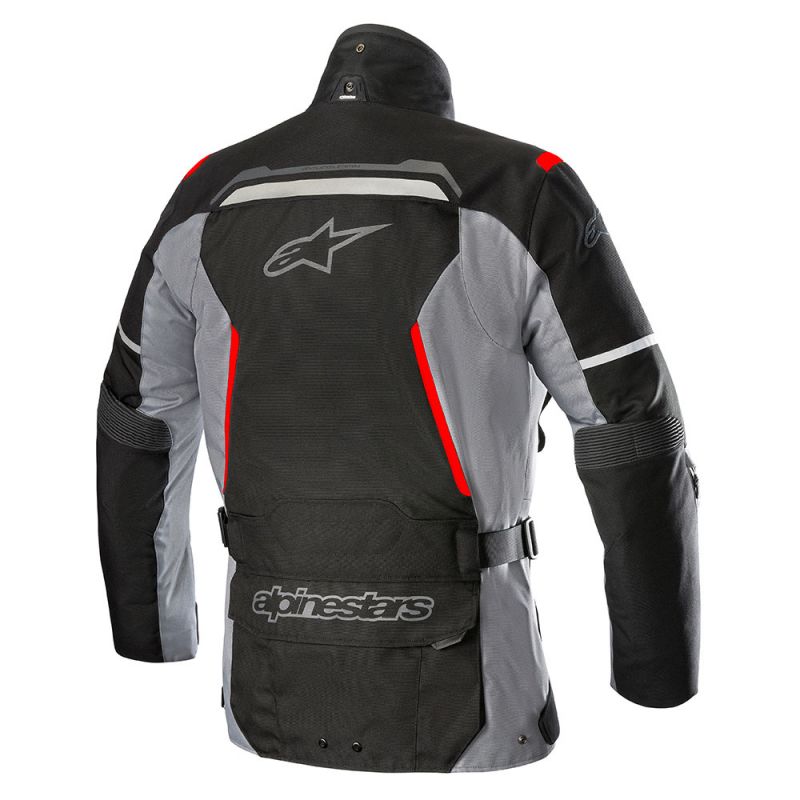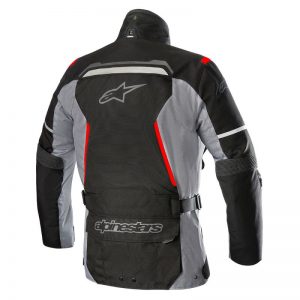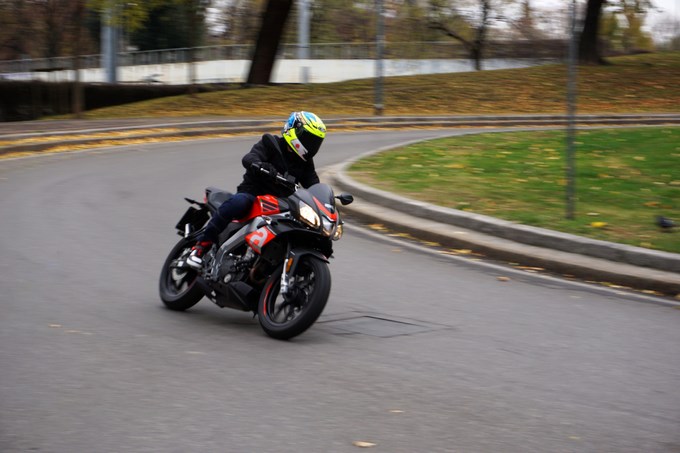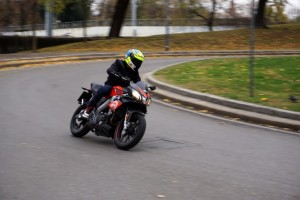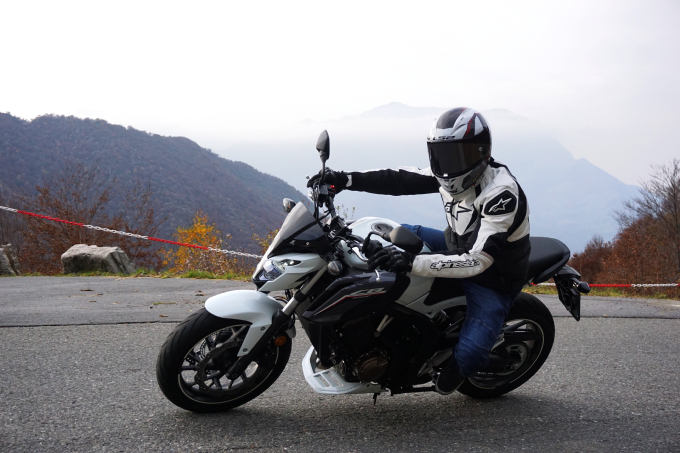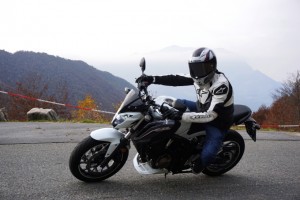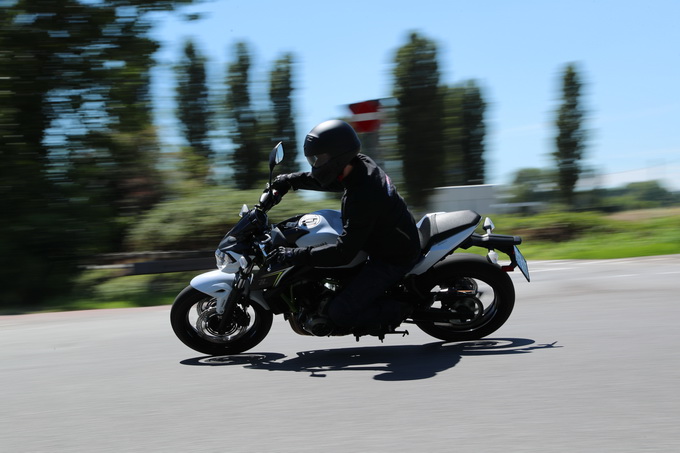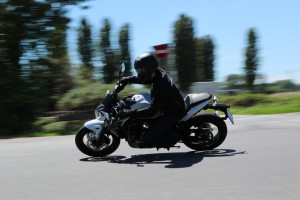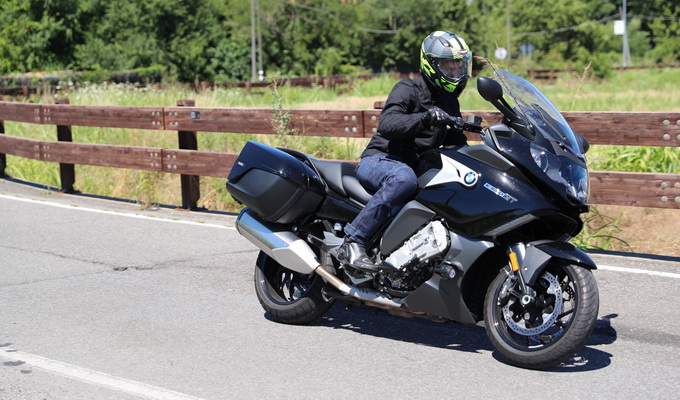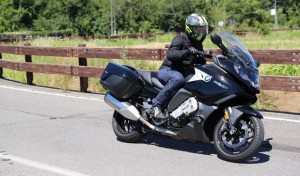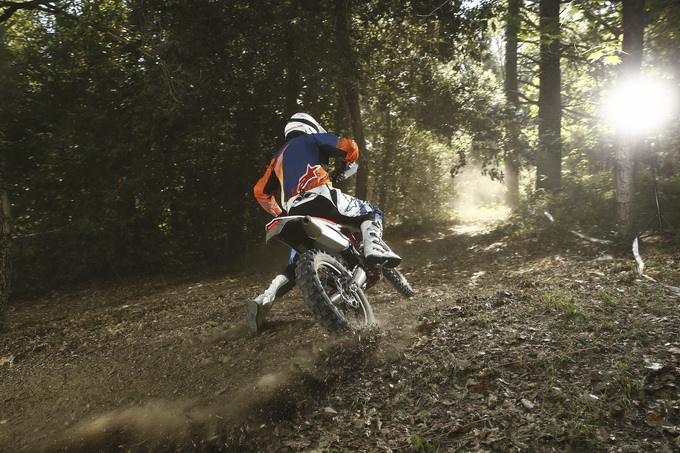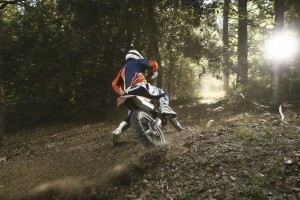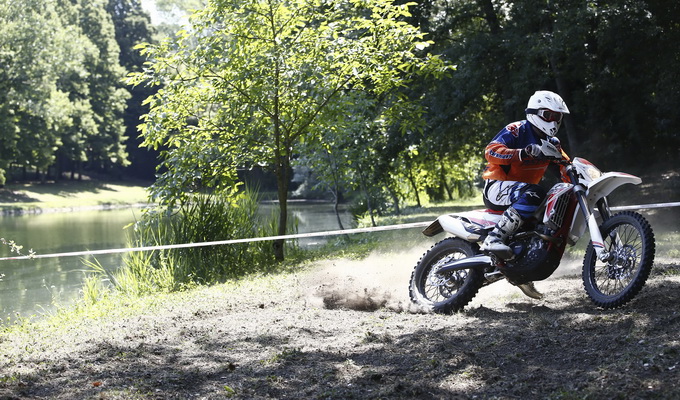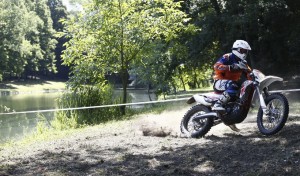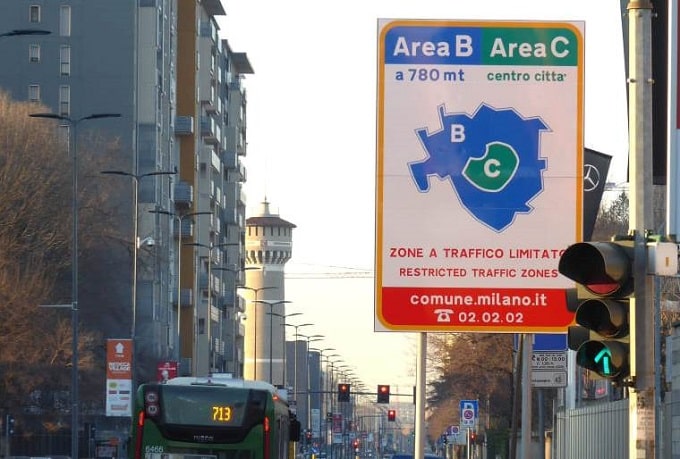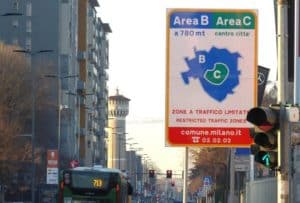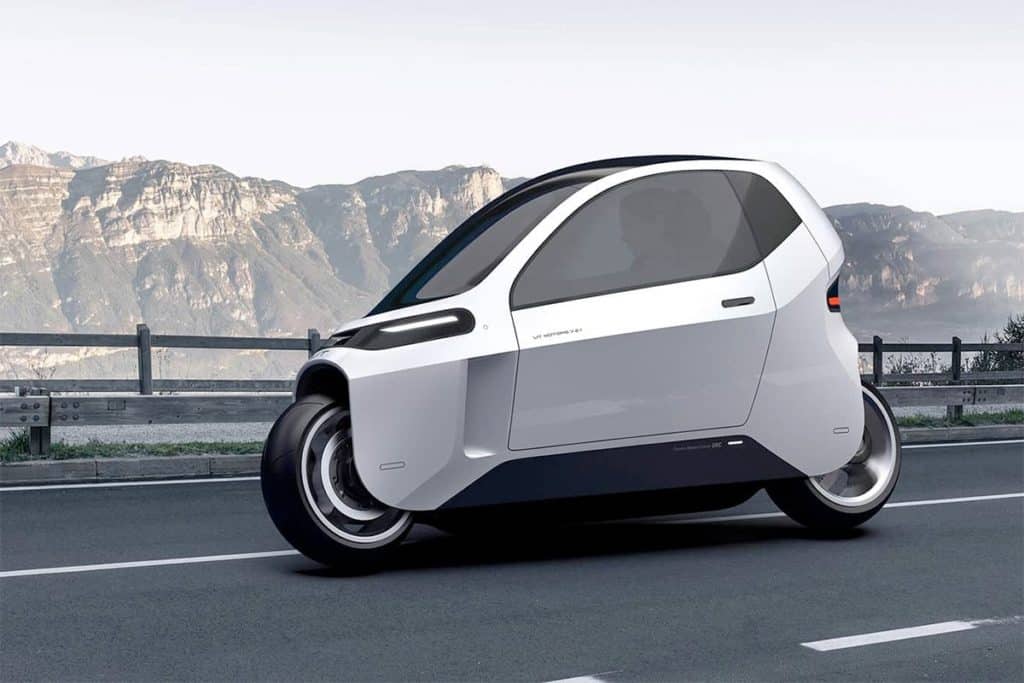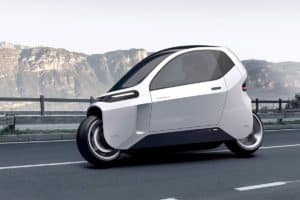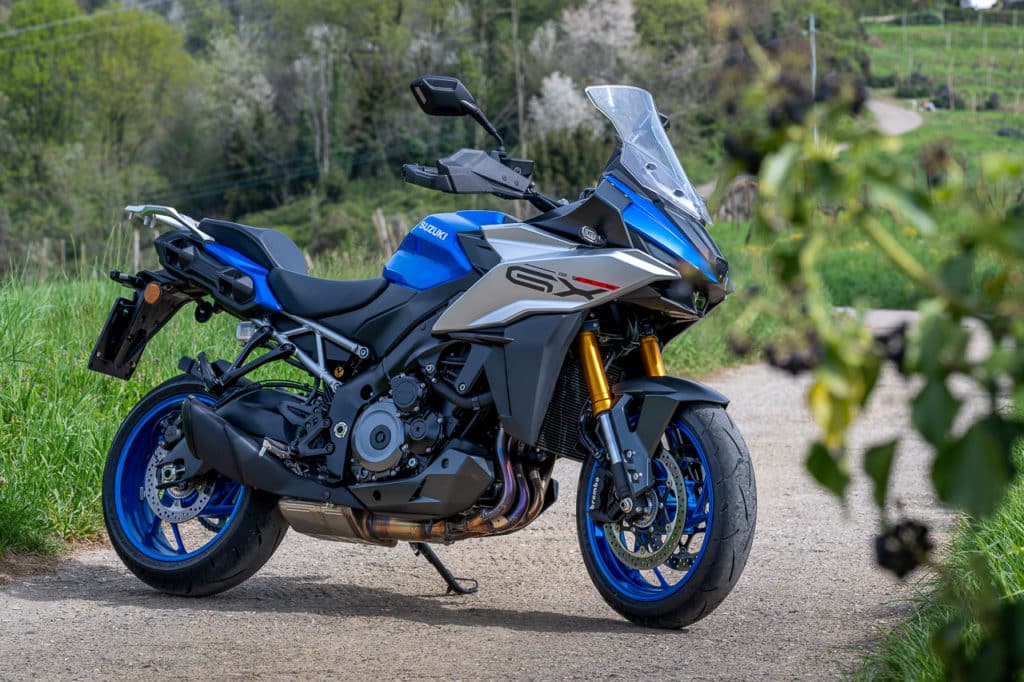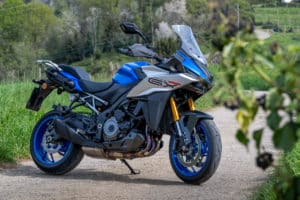Honda Africa Twin, the wait is over with the return of a legend [ROAD TEST]
The new one lives up to a history that has lasted 30 years
Collaborator: Marco “AGO” Agosti
Honda CRF1000L Africa Twin - The beginning dates back to 1986 with the victory in the Paris Dakar, by Neveu and Lalay who took the first two places. The following year our Orioli finished second completing a new double, still behind Neveu (who we remember having obtained 3 total victories with Honda and 2 with Yamaha at the African raid). In 1988 it was the Italian who obtained the top step of the podium, while poker was perfected in 1989 with Lalay's final victory. He ended up here, because in 1990 the Hondas were not at the start, but the Africa Twin had already become a myth. In 1988 it debuted on everyday roads with the XRV650 RD03, in a trim called the NXR750 competition. In 1990 it gained around 100 cc, becoming the Africa Twin 750 which remained in production for three generations, from the RD04 to the RD07a of 1996 (produced until 2002), updated version from RD07 of 1993. After a wait lasting almost 15 years, the myth returns, revised and with some confirmations, but also changes of line. The world has changed in the meantime, but she wants to confirm a type of approach that has made many motorcyclists happy. The engine is no longer a "V2", replaced by the forward-facing inline 2 of 998 cubic centimetres, which thanks to the 270° crank mechanism and the electronics, promises a character similar to its ancestor, together with a better weight distribution and other great advantages. The wait was long, also fueled by a debut in a practically definitive configuration already at Eicma 2014, followed however by another whole year before being able to see it on the road. At Eicma 2015 we interviewed one of his fathers, the designer Naosgi Iizuka who had guaranteed us that by testing it we would find confirmation in its promises, of a motorcycle which, thanks to the centrality of the masses, does not demonstrate the weight of the declared data and is capable of maintaining the riding feeling of its ancestors. As for the engine, if 95 horsepower seems low to some, remember that with 75 the Africa Twin won 4 Dakars! Here is our test, the wait is over and a legend has come back to visit us.
Aesthetics and finishes:
rating: 




Strong references to the origins, narrow and tall, with a look all its own
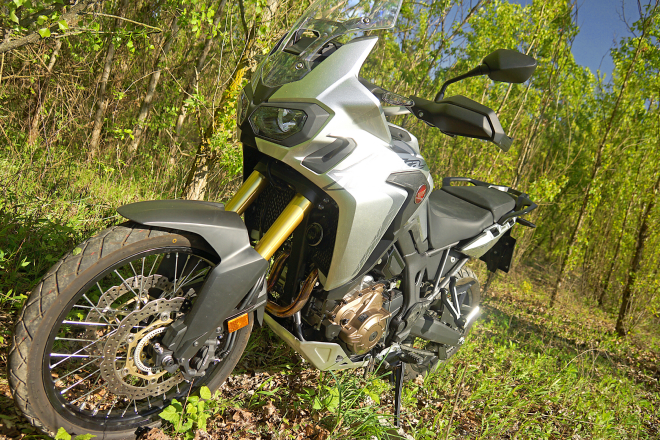
He's been admired for almost two years, from Eicma 2014 onwards it is the most awaited and admired motorcycle on the globe, there is no denying it. So eagerly awaited that it is currently the best-selling, but above all that it has reached a potential number of buyers significantly higher than the number of motorbikes actually sold at the end of 2016. In other words, someone will be left empty-handed or will have to wait until 2017 to have it in their possession. box. Aesthetically it is a successful modern interpretation of its ancestor, right from the front with the double lighthouse, which for obvious reasons are no longer round, but small and square, stretched outwards. They light up asymmetrically, with the left showing only a luminous profile in the lower part with the high beam turned off. The two arrows are always on and also act as daytime running lights, curiously however not with a white LED as it would have been more legitimate to turn on. The portion of the Africa Twin that most characterizes it is all around the front, starting from the narrow 21” wheel with spoked rim, but also i slim and elongated sides, with a purely vertical development. All elements that immediately declare his Off Road spirit. The engine is also clearly visible and conspicuously wrapped and protected in the lower part. The only details that suggest that it is a motorcycle also suitable for road touring and city use are the side bag attachments integrated into the rear side panels.
Overall it is a bike that has a lot of charm, not just for the name it sports. It's not uncommon for someone to see us in the saddle and make compliments or gestures of approval, also because we still don't see many of them around and the interest is always very high. Furthermore, the example we tested is not the most eye-catching Tricolor, but a very sober (in our opinion perhaps too sober for this bike) metallic grey. The instrumentation is completed by a negative backlit type, a feature that maintains discreet readability even when in bright light. On the left block we find the keys to navigate it quite intuitively and quickly. If after years, still today, some have not digested the choice to reverse the indicators and horn on Honda motorcycles, still little followed by other competing manufacturers, many have not even liked the positioning of the button with which to change the control setting of traction. We find it right in place of the high beam "Pass", which instead ends up (like on scooters) on the light switch. We don't mind the choice, also because we don't usually drive with lights on every occasion. However, these are features that you get used to quickly and that journalists, who ride dozens of motorbikes a year, pay much more attention to than those who buy and use them every day.
Engine and performance:
rating: 




A two in line full back that conquers slowly
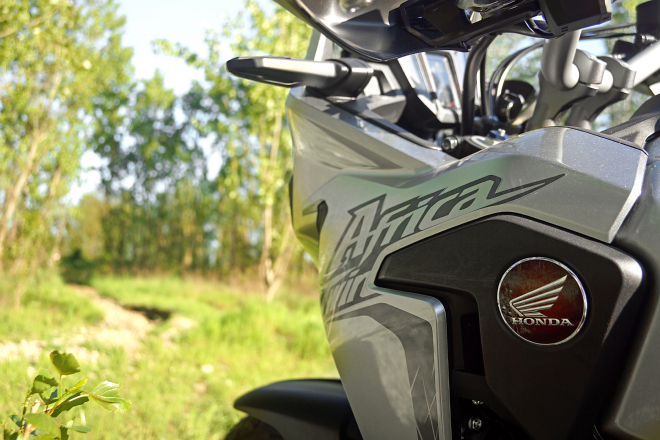
The engine of a motorbike is often the topic that is discussed the most. In this specific case, one of the two, at least in our opinion, together with the real or presumed off-road vocation of the new Honda Africa Twin, which we will talk about later. 95 horses, this is the data from which the discussions start. Few, enough, many, everyone has their say. Then the purists also turn up their noses at the arrangement of the cylinders in line and facing forward, not in a "V" shape like the famous predecessor. Let's start with the data, we said data 95 horsepower, which reaches 7.500 rpm, with maximum torque of 98 Nm at 6.000. An engine that therefore runs rather low, with other peculiarities, such as 270° crankshaft, Unicam head 4 valves per cylinder, But especially a link with the single-cylinder CRF cross and enduro family, with which it not only shares the model code. Fundamental to the Africa Twin was the containment of overall dimensions, both to centralize masses, than to have a distance from the ground suitable for off-road driving. It uses special materials and solutions, such as the water pump inside the clutch crankcase. Then there is no shortage of them double ignition to optimize combustion e 2 balancing countershafts to eliminate vibrations. The gearbox has also been the subject of a lot of attention, for example with the adoption of selectors which are perforated for the first 4 gears and weigh about half a kilo less. Technically, there are many objectives that we wanted to pursue: compactness, traction (with regular delivery), the reliability that has always distinguished the motorcycles of the Ala manufacturer. The power, however, seems to have been deliberately "contained" below triple digits, but many say that this engine would be capable of much more, while maintaining very high reliability.
The future may hold a meaner version of the Africa Twin, but we are still in the realm of speculation. For now we are "satisfied" with a motorbike that When driving it immediately gives sensations that bring you back to its ancestor. The delivery is full-bodied and full, with an incredible back in the 4 thousand rpm area. In this recalls the delivery curve of a "V" engine. Even if the differences remain, electronics and technology now allow them to compensate, which is why it was decided to go against the tradition of the "historic" first Africa Twin, choosing an in-line and forward-facing architecture. As for the other aspect being discussed among enthusiasts, we won't deny that at the beginning we too thought that 95 horsepower might not be enough. They are more or less aligned with the power of some 800s, but a few kilometers with the new Africa Twin are enough to realize that the output of this thousand is totally different. When the tachometer needle is in the 4.000 zone, the thrust and noise are far more engaging. There's also the chance to have some fun on a single wheel, with the controls off. Not a small detail, given that it is a motorbike that can be used for light enduro riding, where raising the front wheel can be used to overtake an obstacle. As for the HSTC traction control (Honda Selectable Torque Control), we talked about the positioning of the button to adjust or disengage it, which has aroused some criticism from some, on the other hand it is perhaps the most comfortable to use, furthermore there are no limitations, it can be used with the motorbike in motion and also throttle open. Normally it is advisable to keep it on position 3, because it becomes permissive already on 2, while on 1 when exiting the corner you leave commas on the asphalt. Even in this it is a solution voted OFF, rather than ON. If you then disengage the rear ABS, you have a motorcycle perfectly calibrated for off-road riding. The gearbox is excellent, always precise and with smooth shifts. Also in this case there are points of contact with the CRF-R, starting from the anti-hopping clutch, but also for the drive system. For those who appreciate the "acoustic" aspect, the twin-cylinder would deserve a slightly more open exhaust to give it the right voice. As for the DCT gearbox, we hope to soon tell you all the secrets and our impressions, as soon as we have tested the Africa Twin with this transmission.
Ride and handling:
rating: 




It can be a real on-off, but dedicated above all to tourism
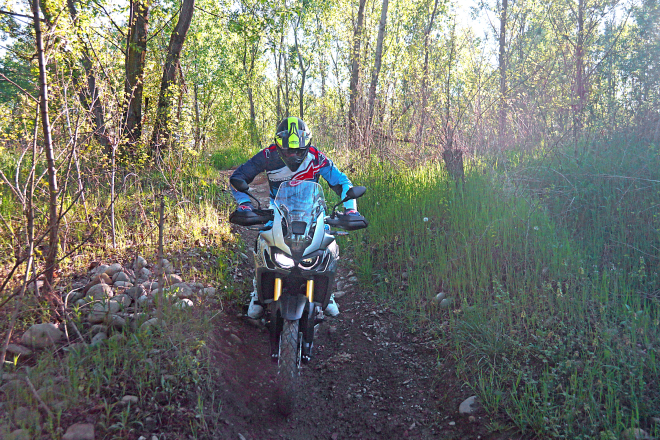
Let's say it right away, us we wanted to "play", taking the new Africa Twin on an enduro route, moreover with the original equipment tyres, more suitable for use on asphalt. She it wasn't born for this, ma what we can tell you is that compared to the competition we are definitely in the high range, if we want to evaluate it from an off-road point of view. Thanks to a design work that also pursued this aim. As mentioned, the engine is the result of a choice in this direction, with the two in-line engine far more compact than a "V2", perfect for centralizing the masses and keeping the center of gravity low, without sacrificing height from the ground, with 250 mm of light. Then there are the 21" wheels at the front (with 90/90 rubber) and 18" at the rear (150/70) and adjustable Showa suspension with large travel (230 mm at the front and 220 for the rear). The frame is a semi-double cradle in steel, it encloses the engine with which it is linked thanks to 6 supports and is combined with a 45 mm upside down fork, while behind the aluminum swingarm it has a Pro-Link linkage on which the monoshock absorber is pivoted. The saddle is quite high, 870 mm from the ground, but it is narrow and allows even less tall people to rest their feet well. The Africa Twin weighs essentially the same as its predecessor, you drop from 210 kg dry to 208, which become however 212 with ABS. What changes is the weight arrangement, so in use it ends up seeming much lighter than the ones 232 kg in running order. The Africa Twin is one of those bikes on which you feel at ease from the first meters, as if I were getting back on my old motorbike. The sentence may seem trivial, but in this case it is not at all. Honda is almost certainly the manufacturer that focuses more than anyone else on this aspect, which is even more important here.
As a "non-owner" of one of its ancestor from the previous generation I have to trust the opinion of the many owners of Africa of various eras (including “Ago”, which you see portrayed in these photos) which, they unanimously say that it feels like getting on their bike, rightly updated and improved with modern technology. Returning to our driving impressions, the driving and passenger position are essentially perfect, even after hours, so much so that they encourage you to plan long trips, alone or as a couple. The side bag attachments are integrated and the great sales success of the new Africa Twin in these first months of marketing has pushed all specialized manufacturers to market valid alternatives to the excellent original bags (40+30+35 litres). It can be fun around the bends, with the pleasure of braking with very little pressure on the lever, so much so just the index finger is enough to detach strongly. Thanks to the two 310 mm petal floating discs, to which is added the 256 rear. The Nissin sintered pads are specifically developed for this bike. ABS, as mentioned, it can be deactivated for off-road driving on the rear wheel only. The weight is not felt even when maneuvering from a standstill, it is so well balanced, while you notice it with some swaying when braking when driving at the limit, otherwise the Africa Twin also likes corners taken in a decidedly cheerful way and is a real surprise in this. The aerodynamic protection on the motorway is decent, but for those who travel a lot there is a higher version of the windshield. However, the choice to adopt deserves a note, at least in our opinion "old school" spoked rims, therefore with an inner tube required. A choice that can be justified with the (few) advantages it allows (for example keeping pressures lower when driving off-road and greater simplicity and cost-effectiveness of repairs), but which on the other hand involves a great deal of discomfort in the event of a puncture. The loss of pressure is in fact instantaneous, unlike tubeless, so you can't think of traveling even a short distance to reach a workshop. We think (but we are always and only in the field of hypotheses), that there is room for a "bad" version of the new Africa Twin, with a few more horsepower, expensive rims fitted with tubeless tires and a more graphic look. aggressive, who knows!
Price and consumption:
rating: 




An interesting price list of 12.900 euros for the ABS version

The price list starts at 12.400 euros, rises to 12.900 for the ABS version, while 14.050 are needed to have it with the DCT gearbox. The success of this solution went beyond expectations, with a share of more than 40% of sales, compared to a forecast of 30%. If you don't like the two solid color versions, with the gray of this example or the matt black, they are useful 300 euros additional for the two colors in our opinion most captivating, the Tricolor and the Rally (on a red base). As usual, Honda Italia also makes available the Travel Edition, which for an additional 2.750 (starting from Africa Twin ABS with and without DCT) they offer a very substantial optional package at a discounted price: trio of hard bags (passenger backrest included), tubular structure with LED fog lights, central stand, heated grips, 12V socket and high plexy. For those who want to choose individual accessories, the offer to complete or customize their Africa Twin is quite wide. For those who love to travel, the side suitcase set is indispensable, with aluminum covers and a total capacity of 70 liters (approximately 675 euros), in addition to the practical 35-litre top case, which can be combined with the passenger backrest. We then find the central stand (225 euros), the heated grips (around 330 euros), the 12 Volt socket, the electronic anti-theft device, a high windshield (152,50 euros) and a dark one (same price), or a tubular structure of protection of the front fairing (555 euros) on which LED fog lights can be mounted.
In our test we found average consumption in the order of 15/16 km/l, on the motorway it was around 17-18, the same value we found with less exasperated driving. The tank capacity is 18,8 litres, with a range that is well over 300 km. Honda even promises 400 km! Its direct competitors don't actually exist, or rather, it depends on what you're looking for. The new Africa Twin is a transversal product, as demonstrated by the extraordinary heterogeneity of the vehicles that are exchanged at the time of purchase. Narrowing the field we could find in Triumph Tiger 800 and in the BMW F800GS the two most similar opponents, but if from some points of view some may like them more, they are light years away from Africa in terms of charm and image.
PROS AND CONS
We like it:
It becomes loved over time for its driving pleasure, perfect for traveling and in the city, as well as being one of the best in the Offroad, excellent brakes and gearbox
We do not like it:
If you really want to go Off, it's not the perfect bike, there are problems in case of punctures in the tires with inner tube
Honda CRF1000L Africa Twin: the Motorionline Report Card
| Motor: |      |
| Handling: |      |
| Gearbox and transmission: |      |
| Braking: |      |
| Suspensions: |      |
| Guide: |      |
| Pilot comfort: |      |
| Passenger comfort: |      |
| Equipment: |      |
| Quality price: |      |
| Line: |      |
| Consumption: |      |
Test clothing:
Shirt, trousers and gloves: Alpinestars Techstar Venom
Boots: Alpinestars Tech 1
Knee Pads: Alpinestars Vapor Pro
You can find a description of these items at this link
Helmet: Caberg XTRACE
if you want to always be updated on our news
Follow us here

